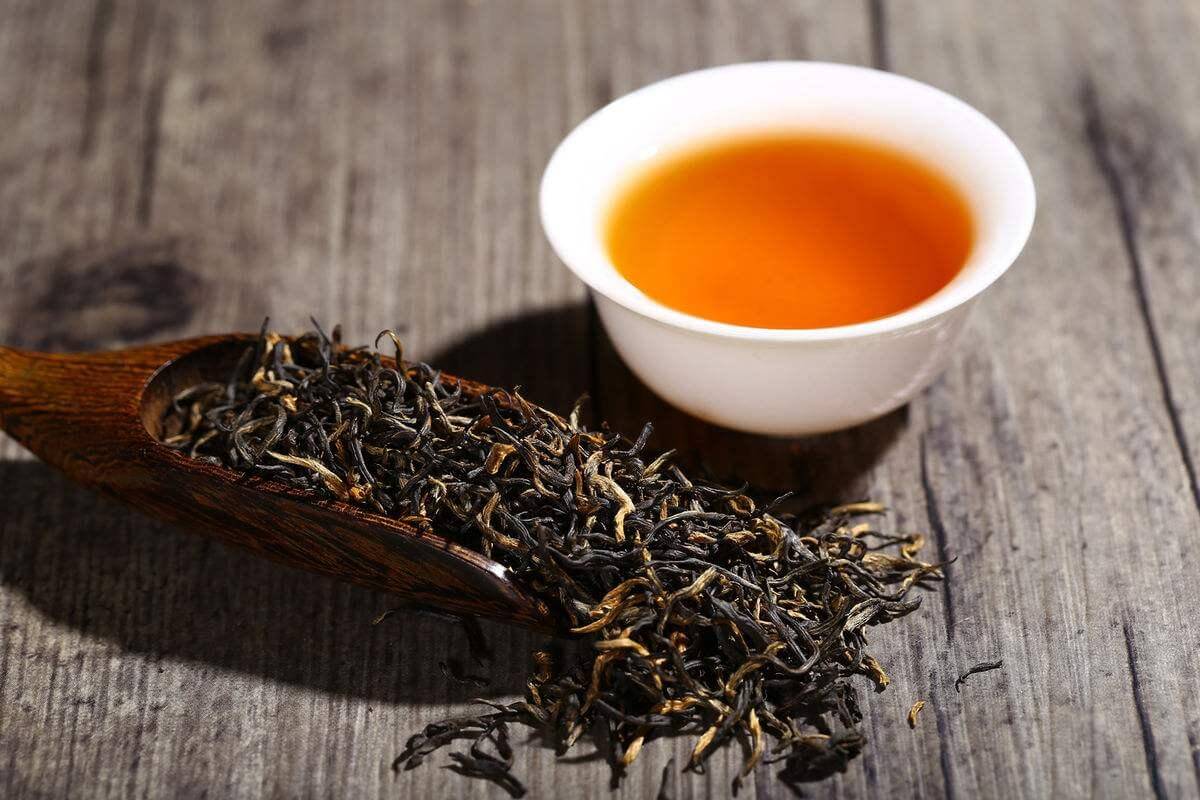Best Oolong Black Tea Brands? Top Picks to Drink now
- Blog
- Best Oolong Black Tea Brands? Top Picks to Drink now
fruit tea
Alright, guys, let’s talk about oolong black tea. I’ve been experimenting with it, and let me tell you, it’s been a bit of a journey. I wanted to try something different, a fusion kinda thing.
First, I grabbed some oolong tea leaves. I had some decent quality ones I’d picked up a while back, specifically from a local shop.
Then, I looked up how to properly make black tea. See, I usually just wing it, but I wanted to get this right. I discovered that the crucial part in making black tea is oxidation, a step I previously missed, but also essential for oolong tea.
I brewed a cup using the newly processed leaves, pretty much like I would with any black tea – hot water, steep for a few minutes. The color was definitely darker than my usual oolong, more of a reddish-brown. The taste? It was interesting! It had that familiar oolong flavor, but with a deeper, richer, kind of malty taste that you get with black tea. It wasn’t exactly like any black tea I’d had before, but it was pretty good!

So, would I do this again? Maybe! It was a lot of work, and I’m not sure I got the oxidation part completely perfect. But it was a fun experiment, and the result was a unique cup of tea. If you’re feeling adventurous and have some time on your hands, give it a shot! Just be prepared for a bit of trial and error.
© Copyright 2025 Qianwei Tea | Theme developed by sitemap